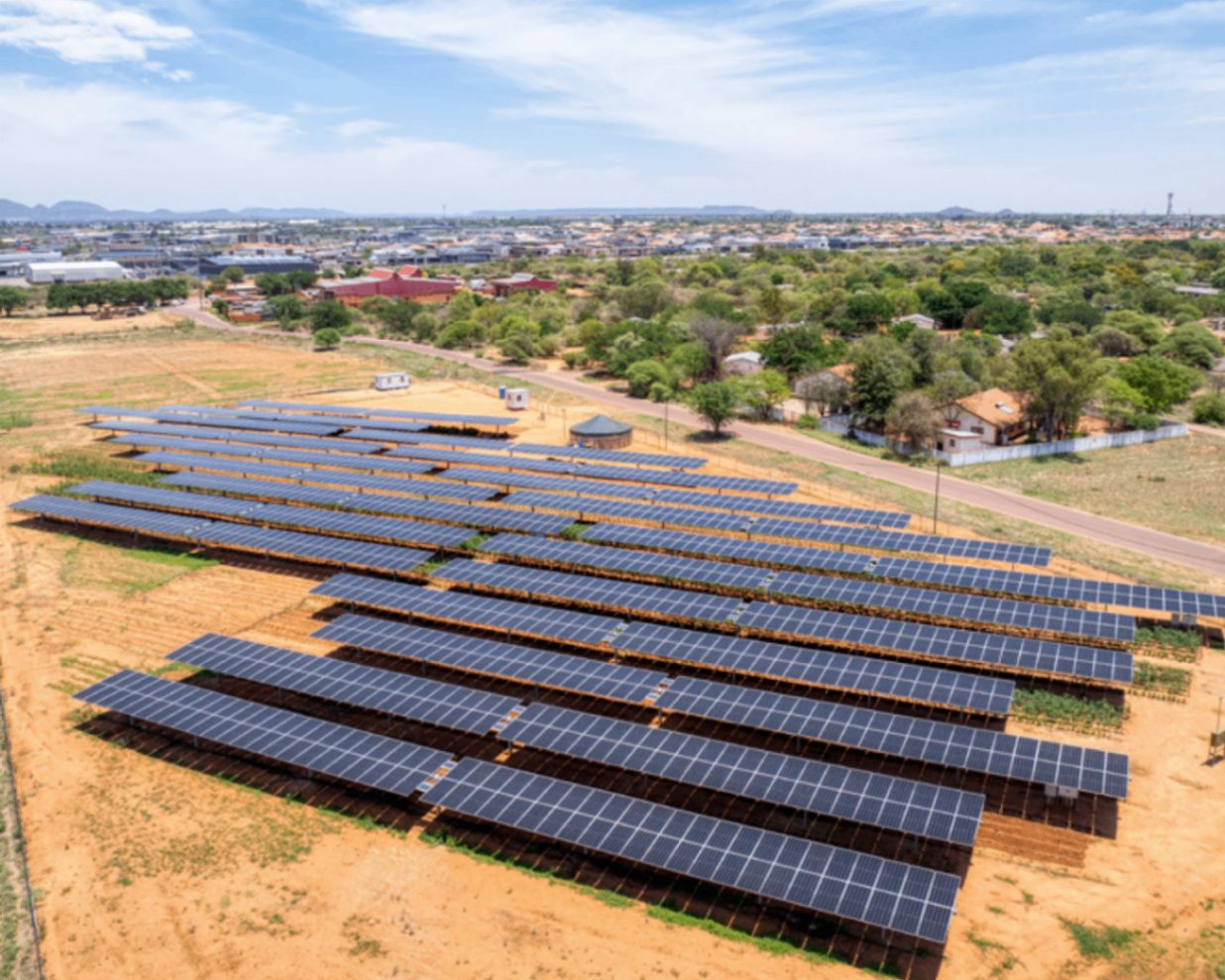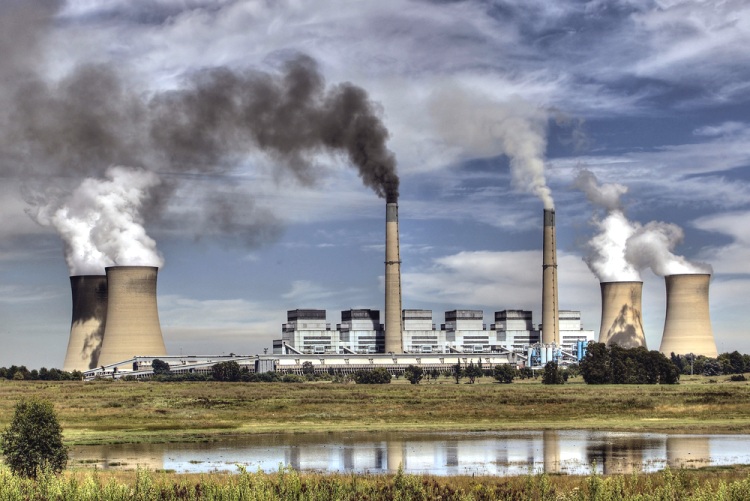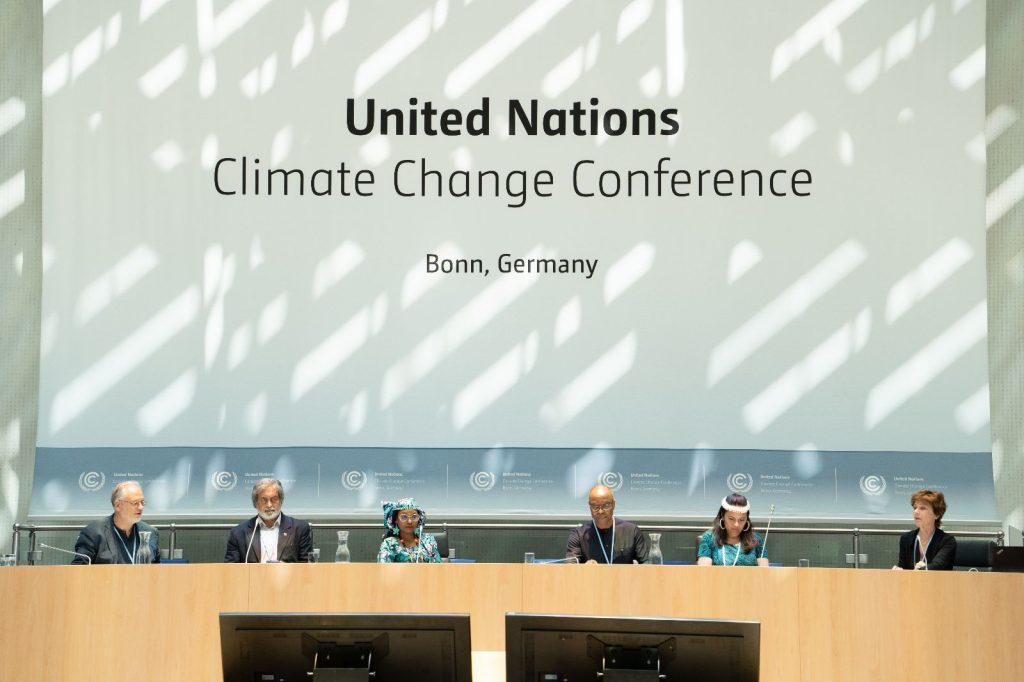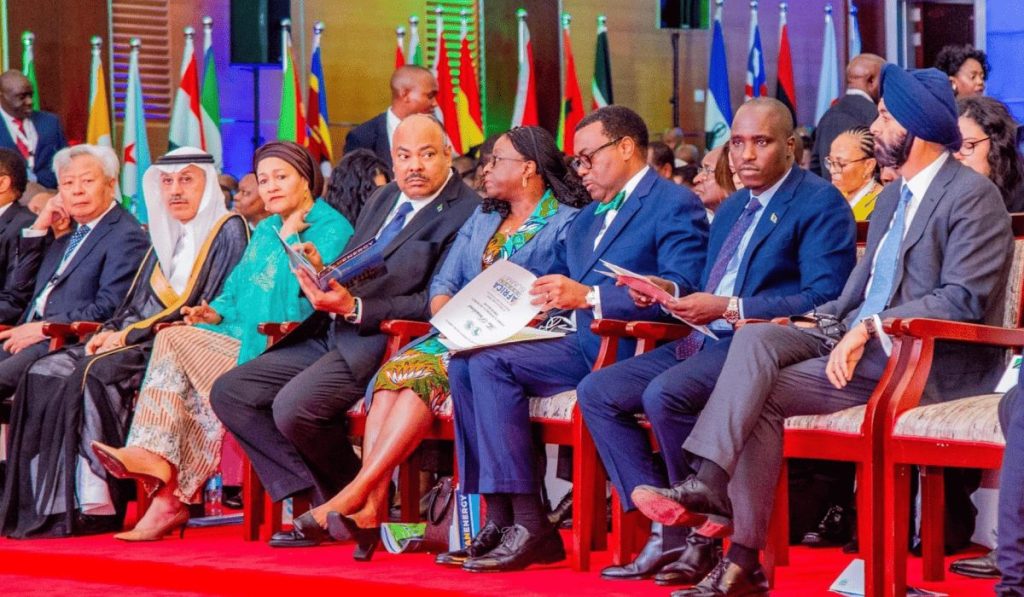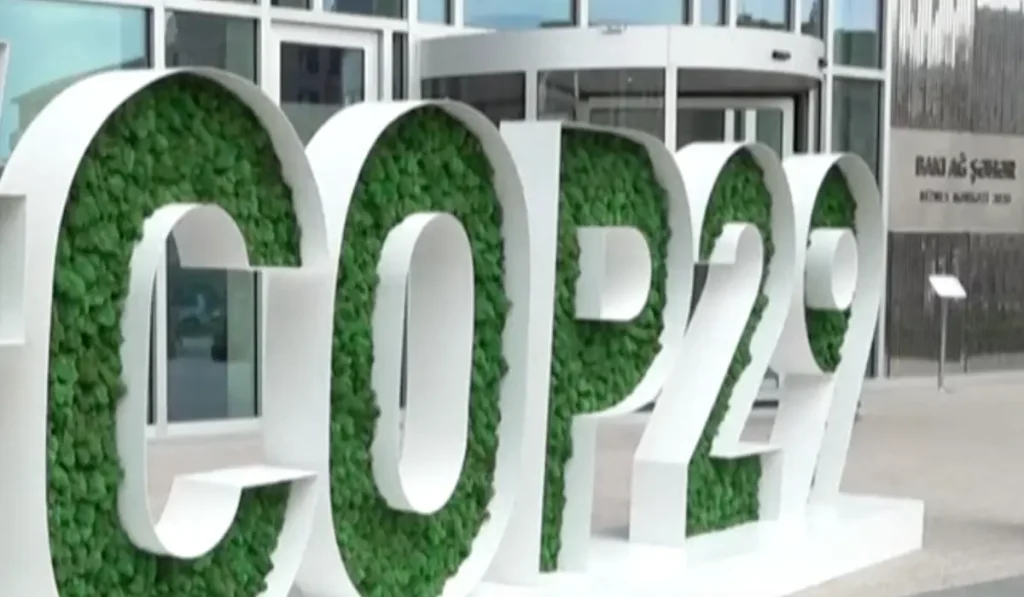Every morning across Africa, countless families unfold 20KVA solar panels connected to small lithium batteries—charging phones and lighting homes. This quiet revolution in energy access, led by millions of low-income households adopting solar solutions, has been unfolding over the past two decades. It is a demonstration of the power of decentralised renewable energy to bridge Africa’s staggering electricity access gap, with over 600 million people still living without access to power.
A recent report by Power Shift Africa offers a compelling vision, arguing that through scaled public investment in solar and wind, Africa can leapfrog fossil fuels and deliver clean energy access to all. Such a transition not only brings about low carbon development, but also meaningful job creation, green industrialisation, better public health, and cost savings.
How a 100% Renewable Energy Future for Africa is Possible
Contrary to prevailing narratives, an energy generation base made up entirely of renewable energy is possible in Africa. This is for two reasons. The first is the extraordinary renewable energy resources Africa possesses. The continent’s solar photovoltaic (PV) potential is estimated at over 482,000 GW—far exceeding any projected future energy demand. Even conservative models that exclude protected and remote areas still find almost 70,000 GW in viable potential. Wind resources, too, are abundant across the Sahel, Horn, and southern coastal regions in Namibia and South Africa.
Africa’s relatively undeveloped fossil fuel infrastructure is also an asset. This means the continent is not locked into carbon-intensive energy systems and can adopt contemporary, decentralised, and renewable technologies from the outset. A 100% renewable electricity system, even under high-use scenarios, would require less than 1% of Africa’s landmass—demonstrating that land is not a constraint. Moreover, there is room to respect indigenous peoples and community land rights and still invest in renewable energy systems that provide greater access.
Important to this investment is building on Africa’s existing regional power pools, working off existing continental policies such as the Africa Continental Master Plan. The latter outlines the backbone infrastructure of Africa’s energy systems, enabling broad transnational support.
Why This is a Just Transition Issue
Africa faces a triple crisis: climate vulnerability, chronic energy poverty, and an urgent need for development. A just transition must address all three simultaneously. Nearly 720 million Africans live within 10 km from an electricity grid, and 970 million rely on traditional biomass—wood, charcoal, and waste—for cooking and heating. This dependence leads to deforestation, indoor air pollution, and gendered health burdens. The push by African states for clean cooking and heating is not simply embedded in ameliorating and mitigating fossil fuel impacts, but it is underpinned by a transformative agenda where energy access supports livelihood needs and desires.
A renewable-based transition could boost employment rates on the continent. The modelling in the Powershift Africa report demonstrates that if current climate pledges are implemented, 4 million new jobs in the energy sector would be created by 2050 — 3.5 million of them in renewable energy. A complete shift to renewable energy could generate an additional 5.4 million jobs. This pathway is not only cleaner, but deeply inclusive and pro-poor.
Why It Is the most Cost Effective Option for Africa
Crucially, investing in renewable energy makes economic sense. The report concludes that a fully renewable energy system in Africa would save an estimated US$150 billion annually. The cumulative savings by 2050 could reach US$3–5 trillion, while fuel savings alone (US$8.3 trillion) would exceed the total investment required (US$7.3 trillion). This equates to a 2.2x return on investment compared to following a business-as-usual fossil fuel pathway.
Renewable energies also bring indirect savings: fewer health costs from air pollution, less environmental degradation, and greater climate resilience. Technologies like solar PV and wind are faster and cheaper to deploy than coal or nuclear, with lower operational risks and quicker returns.
What is also vital is that the more cost effective the energy access via renewable energy is, the more empowered communities and people are to control its resources and participate in related governance. Rather than private led investment projects such as the African Development Bank’s Mission 300, renewable energy has the potential to use progressive governance and investment structures such as cooperatives and community owned renewable energy infrastructure where communities can earn direct income from decentralised mini-grids etc.
What Type of Support is Needed
However, realising this vision requires financial and structural support. Africa’s fiscal constraints—especially unsustainable external debt—limit public investment. Debt cancellation, global financial reform, and scaled-up climate finance are essential. African countries need affordable long-term finance to support both centralised and decentralised energy systems.
Industrial capacity is also crucial. Green industrialisation must be built alongside governance reforms to support renewable supply chains. For example, materials such as silicon and aluminium are critical for solar and battery production. Africa’s bauxite reserves could meet two-thirds of its aluminium needs. But current silicon output—about 50,000 tonnes—must rise to nearly 3 million tonnes per year to meet future demand.
Feed-in tariffs and regional manufacturing strategies will be vital to ensure Africa captures the value-added segments of the green energy transition. Implementation of policies such as the Africa Green Minerals Strategy, are an integral means to achieve this. This strategy focuses on investments in value chains that alleviate energy poverty, such as steel making that produces transmission grids, distribution grids, conductors, transformers, switch gears, and pylons.
The Way Forward
Africa stands at a crossroads. The path to a 100% renewable energy future is not only viable—it is the most just, affordable, and transformative option available. With abundant resources, minimal fossil fuel legacy infrastructure, and urgent development needs, Africa is uniquely positioned to leapfrog into a clean energy era. But realising this promise will require structural debt relief, investment in green industrial capacity, and bold policy reform at both national and international levels.
Kudakwashe Manjonjo is a just transitions advisor at Powershift Africa

